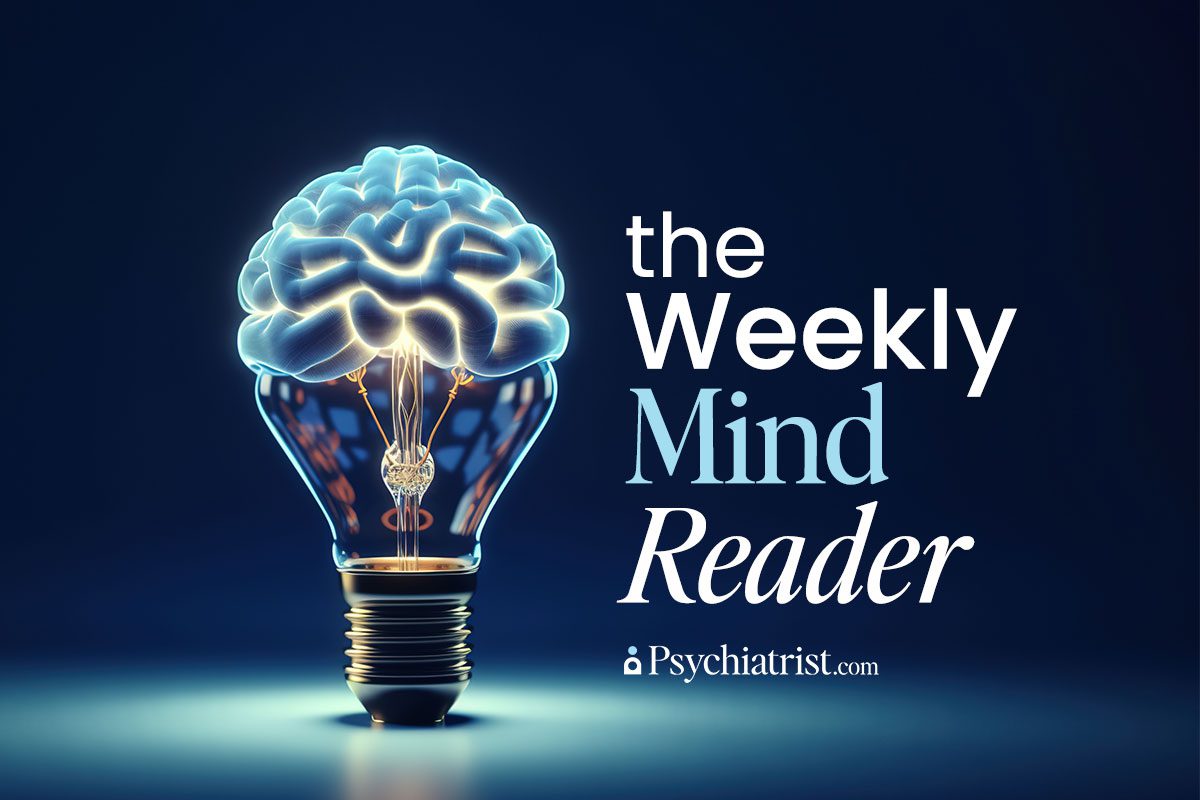Olympian Alice Merryweather suffered a dangerous identity crisis after the 2018 Winter Games. Competing in alpine skiing in PyeongChang, South Korea, was “the high of a lifetime” for the then-21-year-old athlete. But a downhill slide toward an eating disorder soon followed.
In her quest to become the perfect athlete, Merryweather said, “I became very critical of my body and of what I was eating.” The pandemic was, “that final push that my eating disorder needed to really kick into full gear.”
Female athletes like Merryweather are at high risk for developing eating disorders. Between 1 percent and 5 percent of young American women are diagnosed with an eating disorder such as anorexia or bulimia. But studies show that the number can be as high as 20 percent for female athletes.
An added concern: many teammates, coaches, and providers might not know how to identify eating disorders in an athlete, which have an elevated mortality rate due to death by suicide and heart conditions.
Athletic Discipline Can Mask Eating Disorders
Elite athletes exhibit intense discipline over their diet and exercise routines. However, this level of control over the body can push athletes toward eating disorders, sports psychiatrist, Mark Allen, MD, explained.
“Disordered eating and eating disorders aren’t really about food, they’re about control,” Allen, a physician with the Athlete EDGE program at EDCare Denver, said.
\“If I was going to be the skier, the Olympian, then in my head, I needed to make sure that I was the best,” Merryweather told herself. “So I became very critical of my body and of what I was eating.”
Emily Kraus, MD, a Stanford Medicine sports medicine doctor, explained that certain sports emphasize leanness, “whether that’s running or gymnastics or even swimming and diving,” which can put athletes at higher risk of eating disorders. In these sports, athletes are acutely aware that their body’s appearance can affect their success, she said.
Eating “clean” and sticking to a specific diet are “part and parcel with the elite athlete population,” Allen said. This becomes a problem when athletes over-restrict the types of food they eat or the number of calories they eat, he added.
A Push for More Inclusive Terminology
Inappropriately low caloric intake in the setting of high-energy expenditure contributes to a condition called the female athlete triad. Consequences can include hormonal imbalance and osteoporosis.
However, an eating disorder is “not just a female illness. It unfortunately affects all cultures, all genders,” Allen said. So, this condition of energy input not meeting energy output has been recently dubbed Relative Energy Deficiency in Sport, or REDS.
Kraus is co-chair of the REDS Expert Panel for the US Olympic and Paralympic Committee. She said that using the term REDS, “captures the spectrum of the inadvertent under-fueling, and then the most severe cases of anorexia and full-blown diagnosed eating disorder.”
Evaluations of Eating Disorders Should Include Performance
Providers should incorporate athlete performance, along with traditional measures of weight and vital signs, in their evaluation of eating disorders.
In his practice, Allen said the symptoms of an eating disorder include “having earlier fatigue, performance drop,” and possibly anxiety.
This was true for Merryweather. The winter after the 2018 Olympics, “I couldn’t perform anywhere near the capacity that I was used to and that I had when I was fueling myself properly,” she said.
Merryweather’s poor performance prompted her coaches and medical team to discuss her eating disorder. They “realized the only way for me to have a chance at getting back to being the athlete that I wanted to be and the person that I wanted to be was to attend treatment,” she said.
Providers are likely to under-diagnose eating disorders in athletes if they rely solely on weight and vital signs.
Patients might explain their low heart rate by claiming, “I’m just really fit right now,” Kraus suggested. She continued that athletes with eating disorders may not show “extreme weight loss or a change in weight at all.”
Paradoxically, athletes who chronically eat fewer calories than they need might go into “energy conservation mode,” with a slower metabolism. In this state, “the weight stabilizes, and sometimes the weight even goes up,” Kraus said.
New Screening Tool Could Help
The International Olympic Committee developed a new screening tool, IOC REDs CAT2, to help identify athletes with REDS. The questionnaire reviews severe, primary, and secondary indicators of the condition.
Severe primary indicators include a long duration of missed periods in women. Other primary indicators include low thyroid levels, bone injuries, and stunted growth trajectories. Secondary indicators include changes in blood cholesterol levels and mood symptoms.
Kraus emphasized the importance of reporting an accurate history. For example, athletes might misinterpret breakthrough bleeding on oral contraceptives as a normal period.
The goal of the tool is to guide providers with a traffic-light-based risk assessment. Green means no risk of REDS, whereas red indicates a “level of urgency” and the “activity restrictions and clearance for sport really needs to come into play,” Kraus said.
Untreated eating disorders are more than a threat to an athlete’s performance. They can lead to bone stress injury, infertility, and impaired cardiovascular function.
Looking Forward and the Butterfly Effect
Allen, Kraus, and Merryweather are all hopeful for a future when care providers can more easily diagnose and treat eating disorders.
Merryweather credits Allen and his team for her recovery. Talking with Jesse Diggins, another Olympic skier with an eating disorder, also helped.
Diggins’s transparency inspired Merryweather to talk about her own struggles, and the young skier wants more people to do the same.
“For starters, I think that coaches and athletes, everyone, can benefit from being better educated on eating disorders,” she said.
Kraus sounded a call to action to dedicate more clinical resources to the diagnosis and treatment of eating disorders.
“A lot of athletes aren’t getting the care and patients aren’t getting the care they probably really need,” she said.
Allen knew that he was “not going to change a sports culture overnight,” but believed that educating coaches about eating disorders and changing messages about body image would help athletes feel supported.
“My real hope is that we just get more comfortable talking about this,” Merryweather said. “Having these conversations is just going to spread like a butterfly effect.”
“Being brave enough to say eating disorder, or talk about mental health issues that’s the best thing we can do.”
Further Reading
How Olympic Gymnasts Rely On Mental Rituals to Reach New Heights



